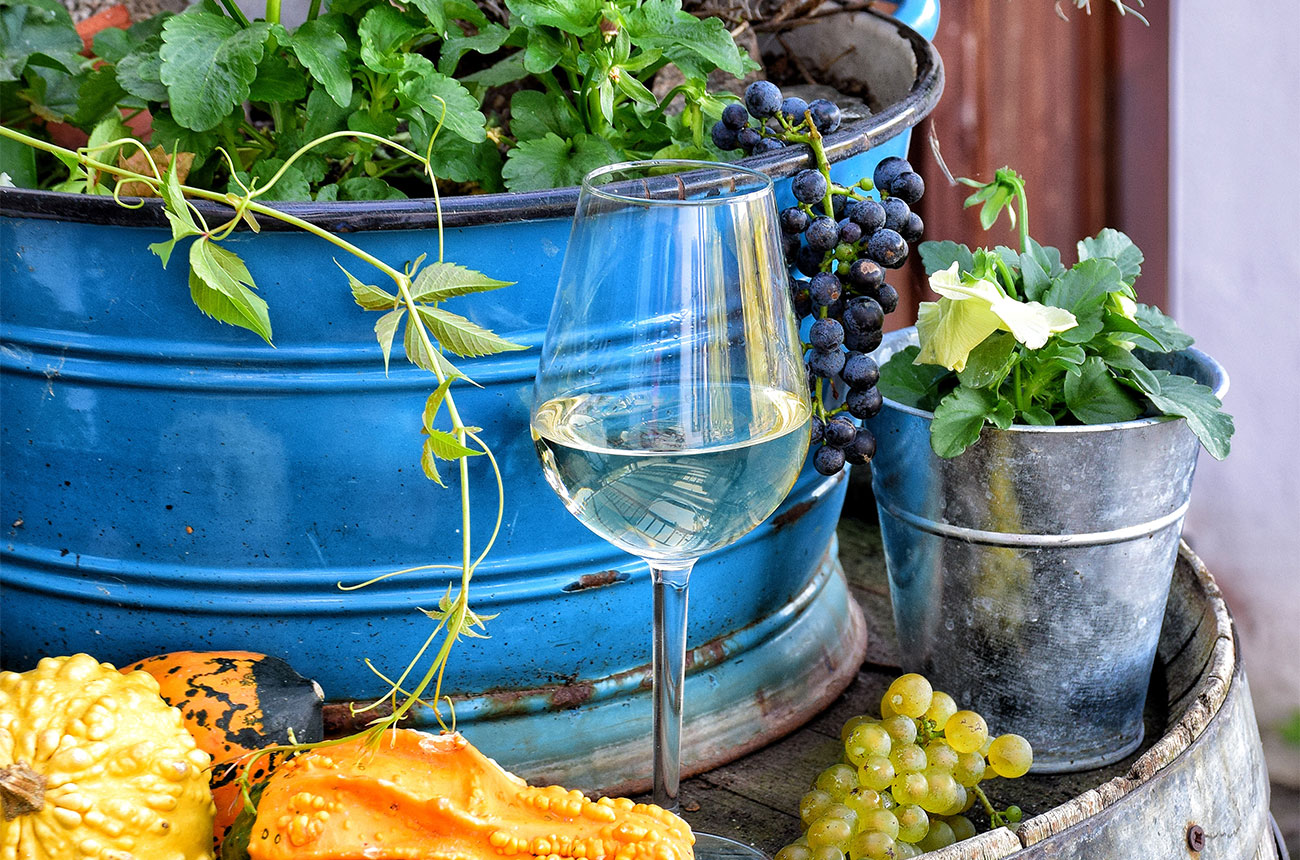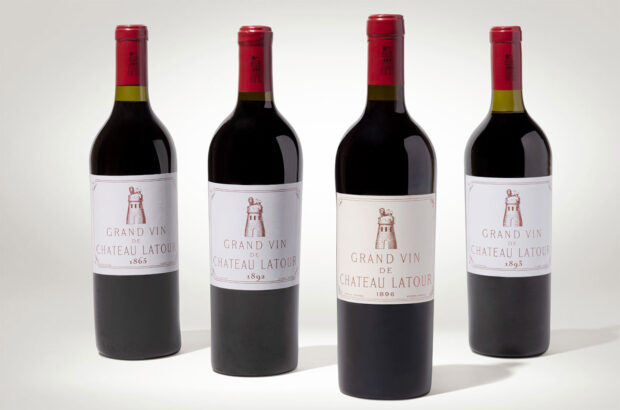What an exciting endeavour it is to work on the renaissance of a less well-known wine country. With unknown and maybe forgotten grape varieties to experiment with – old-but-new characters. A wonderful playground for wine lovers.
Hungarians have always had good reason to be proud of their deep-rooted winemaking traditions and Hungarian winemakers often look back to the past for inspiration. But in doing so they are not trying merely to recreate this past. Hungarian winemakers are rediscovering traditional grape varieties, and cultivating them increasingly in accordance with the viticultural practices that are now taken as standard almost the world over. And once again they are starting to make wines that reflect the individuality of these traditional grape varieties and their individual terroirs.
The characteristic traditional Hungarian wine is white – or rather warm gold – and spicy. Good examples are distinctly rich, not necessarily sweet but full of aromatics and roundness and with an even and excellent structure. The grapes often ripen in warmer autumnal conditions than in many parts of continental Europe, although the climate is relatively cool and the growing season shorter than in most Mediterranean regions. Almost all of the country’s historic wine regions have evolved in the shelter of high ground. And varied terrain has resulted in a range of meso-climates, which is reflected in the diversity of the wines from each of Hungary’s growing regions.

The terroir
Hungary, which lies between the latitudes 45° and 50° north, is land-locked but includes Central Europe’s largest lake, Balaton. The River Danube (called Duna in Hungarian) flows through the country from north to south, dividing it into almost equal halves. To the west lies Transdanubia, while to the immediate east of the river is the Great Plain. Northeast of the capital Budapest are the volcanic hills which constitute the Northern Massif, whose south-facing slopes are particularly well suited to vine-growing. In the extreme northeast of the country is the Tokaj (formerly Tokaj-Hegyalja) region. Soils are very varied. The soils of the Great Plain are mainly sand and loess, while the area around the Balaton is complex basalt volcanic rock with clay and sandstone. Other soils include limestone and slate, particularly around Balatonfüred. In Tokaj, the soils are volcanic and, in some aspects, extraordinarily complex with a topsoil of decayed lava. The best wines often come from volcanic soils, producing full, well-structured wines rich in minerals.
The word ‘terroir’ is the broadest definition of productive area including the soil beneath our feet and the sky above us. It is not only the geographical conditions of the soil that are important. Geological and climatic conditions also play an important role, and together they shape the character of wine. Another thing that makes the Carpathian basin uniquely different from other wine regions around the world is the rich variety of volcanic soil that can be found here. Hungary may not have cloud-piercing mountain peaks, but there are many gently sloping hillsides shaped by millions of years of erosion, which offer the perfect environment for producing wines that have uniquely well balanced and rich characters.
From a regulatory point of view, the Carpathian Basin is divided into 22 wine districts within Hungary, plus a number of adjacent regions with similar geological characteristics. Over the past decade, the area under vine has shrunk dramatically. This year, the total active grape-growing area was around 65,000 hectares.

Grapes
The list of Hungarian grapes originating in the Carpathian Basin and still grown today on large areas of land is impressively long. DNA tests now allow us to reliably trace the genomes of individual varieties, their earliest occurrence, and their lineage. All things considered, Hungary’s finest grapes most certainly include Furmint, Kéknyelű, Hárslevelű, Juhfark, Ezerjó, Leányka, Királyleányka, Mézes fehér, Bakator, Budai Zöld, Pintes, Sárfehér, and Kövidinka. The list could go on, although clearly not all of these varieties are viable as commercial wine grapes today.
None of the red wine grapes grown in Hungary today are native to the Carpathian Basin, a geographical unit with a special, readily recognisable climate. In fact, red grapes and their vinification, were not introduced to the Carpathian Basin until the beginning of the 15th century, when they began to ‘migrate’ here from the south or, particularly in later centuries, from the west. This latter wave of red grapes arriving was predominantly driven by ethnic Schwabian and German growers who settled in Hungary after Ottoman rule ended, and who were, by then, well-versed in the art of making red wine. Even a cursory look at the red grapes we can safely assume to have been planted in Hungary before the phylloxera epidemic confirms that virtually all of them were best suited to making acid-driven wines. The many incarnations of Kadarka, Járdovány, Purcsin, Feketefájú Bajor, Kékfájú Bajor, Csóka and Laska all yield a wine that is rich and fruity. These wines are often overlooked beyond Hungary’s borders, and can be hard to track down, because they are tricky to cultivate and are produced in tiny quantities. But seeking out and enjoying these wines with an open-minded and curious mindset will reward the adventurous wine lover.
There’s nothing left to do but taste some of these wines, which are a perfect fusion of northern- and southern-European winemaking practices, applied to some ancient grapes and traditions. All offered for a modern but heart-warming life.
Please find more information on Hungarian wine at the links below.
Website: winesofhungary.hu
Facebook: @winesofhungary.personally
Instagram: Wines of Hungary_Personally






